Levenhuk Nelson 7x35 Handleiding
Levenhuk
Verrekijker
Nelson 7x35
Bekijk gratis de handleiding van Levenhuk Nelson 7x35 (4 pagina’s), behorend tot de categorie Verrekijker. Deze gids werd als nuttig beoordeeld door 64 mensen en kreeg gemiddeld 5.0 sterren uit 32.5 reviews. Heb je een vraag over Levenhuk Nelson 7x35 of wil je andere gebruikers van dit product iets vragen? Stel een vraag
Pagina 1/4

Levenhuk Monoculars
User Manual
Eyepiece
Compass
Focus/diopter adjustment wheel
Objective lens
Strap mount
A
B
C
D
E
Caution! Never look directly at the Sun through this device, as this may cause permanent eye damage and even blindness.
Reliable and sturdy, Levenhuk Nelson marine monoculars produce a perfect at image and are an ideal choice for people who like to travel,
especially on the water, and oen nd themselves in extreme weather situations and harsh conditions. The rugged shell protects the intricate
optical system inside from any sudden impact or moisture, and withstands poor weather conditions, rain and sea waves. Features:
Features:
• Compact and lightweight
• Fully multi-coated optics made of BaK-4 glass
• Waterproof shell (IPX7)
• Quick and precise diopter adjustment
• Comfortable twist-up eyecup
• Built-in compass for easy orienting
• Rangender scale for convenient measuring of the observed object’s size or distance to the object
The kit includes: monocular, objective lens cap, strap, pouch, optics cleaning wipe, user manual and warranty.
Focusing and diopter adjustment
Follow this procedure to adjust focus and diopter setting:
• Set the focus/diopter adjustment wheel to its original position (the white mark on the wheel should be opposite the value “0”).
• Look through your monocular on an object located at a distance of about 100m from you.
• Set the sharpness of the image by further turning the focus setting to the right or le.
From time to time, you will have to refocus the lens, so remember the setup process for future use.
Using eyecup
We recommend setting the eyepiece in the lowest position for observations while wearing eyeglasses. Turn the eyecup upward in a spiral (for
upper position); turn the eyecup downward in a spiral (for lower position).
Do not apply excessive pressure as this may damage the eyecup.
EN
A
C
D
E
B

Using the compass
Your monocular is equipped with a directional compass. If you look into the eyepiece, you will see a scale in degrees (350…360…) at the lower
edge of your eld of view. The directional compass show orientations it terns of angles, where the North is represented as 360°, East as 90°,
South as 180° and West as 270°.
Having the object centered with the rangender scale in the eld of view, read the graduation. The orientation of the object can be identied
from the reading.
Note: The north indicated the directional compass is “magnetic north”, which is dierent from ”true north”. The rue north is the same no matter
where you are located around the world. The magnetic north varies on your location.
By using the monocular, together with a map and an angle meter, you will then be able to precisely nd your location.
Example: On a boat sailing, the arrow shows the direction your boat is heading for (g. 1).
In Fig. 2, by reading the compass in the monocular, you read 190° from the boat to the buoy. (The counter-directional angle, 190°–180°=10°,
from the buoy to the boat.) To locale your position precisely, you need to have a second reference. In Fig. 3. by using the lighthouse as the
second reference, the direction from the lighthouse to the boat is 120° (300°–180°=120°) and the buoy (10°).
Reading the rangender scale
To accurately use the rangender scale, you will need to know either the size or distance of the object.
For monoculars Nelson, you can use formulas to calculate the distance to the object (when you know its size) or the object’s size (when you
know the distance).
When you know the object’s size (in centimeters), calculate the distance to the object (in meters):
Example: Object size (you know) is 81cm, rangender scale reading is 2.4 units. Calculate the distance to the object:
When you know the object’s size (in centimeters), calculate the distance to the object (in meters):
Example: Distance (you know) is 3000m rangernder scale reading is 1.7 units. Calculate the object height:
Lighthouse Lighthouse Lighthouse
N N N
Buoy Buoy Buoy
Boat
Boat
120°
300°
190°
190° 10°
Fig. 1 Fig. 2 Fig. 3
Distance = rangender scale reading
(100 × size)
Size = 100
distance × rangender sale reading
= 3375m
2.4
100 × 81cm
= 51cm
100
3000m × 1.7

Specications
The manufacturer reserves the right to make changes to the product range and specications without prior notice.
Nelson 7×35 Nelson 8×42
Optics material ВаК–4
Optics coating fully multi-coated
Eyepieces 2 elements in 1 group
Objectives 3 elements in 2 groups
Magnication 7x 8x
Objective lens diameter (aperture) 35mm
1.38in
42mm
1.65in
Compas and rangender built-it
Real eld of view 7.5° 7°
Field of view 130m/1000m
427/1000yds
120m/1000m
394/1000yds
Relative brightness 25 27.56
Twilight factor 15.65 18.33
Exit pupil diameter 5mm
0.2in
5.25mm
0.21in
Eye relief 23mm
0.9in
Close focus 3m
10
Diopter adjustment ±4D
Body plastic, sealed, nitrogen-lled
Waterproof class IPX7, protection against temporary immersion in water
Eyecups twist-up
Operating temperature range –20…+55 °С
–4…+131 °F
Product specificaties
| Merk: | Levenhuk |
| Categorie: | Verrekijker |
| Model: | Nelson 7x35 |
| Kleur van het product: | Grijs |
| Gewicht: | - g |
| Breedte: | - mm |
| Diepte: | - mm |
| Hoogte: | - mm |
| Gewicht verpakking: | 415 g |
| Breedte verpakking: | 90 mm |
| Diepte verpakking: | 180 mm |
| Hoogte verpakking: | 70 mm |
| Gebruiksaanwijzing: | Ja |
| Helderheid: | 25 cd/m² |
| Waterdicht: | Ja |
| Opbergetui: | Ja |
| Dichtstbijzijnde focus afstand: | 3 m |
| Prisma type: | BaK-4 |
| Vergroting: | 7 x |
| Objective diameter: | 35 mm |
| Exit pupil: | 5 mm |
| Gezichtsveld (op 1000 m): | 130 m |
| Oogafstand: | 23 mm |
| Blijkbare gezichtsveld: | 7.5 ° |
| Schemer factor: | 15.65 |
| Schoonmaakdoekje: | Ja |
| Lens-bedekking: | Fully Multi Coated (FMC) |
| Lensdop inbegrepen: | Ja |
| Bedrijfstemperatuur (T-T): | -20 - 55 °C |
Heb je hulp nodig?
Als je hulp nodig hebt met Levenhuk Nelson 7x35 stel dan hieronder een vraag en andere gebruikers zullen je antwoorden
Handleiding Verrekijker Levenhuk
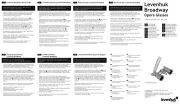
11 September 2025
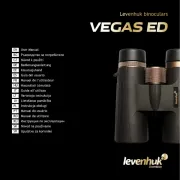
5 Augustus 2025

22 Juli 2025

22 Juli 2025

21 Juli 2025
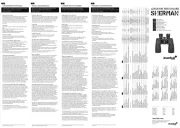
21 Juli 2025
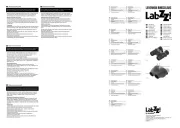
15 Juli 2025
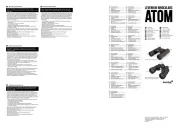
15 Juli 2025
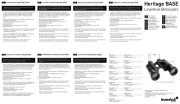
15 Juli 2025
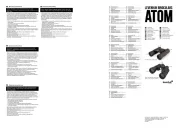
15 Juli 2025
Handleiding Verrekijker
- Armasight
- Asaklitt
- IGEN
- Explore Scientific
- NEO Tools
- Canon
- Crivit
- InfiRay
- Vortex
- Apeman
- Guide
- Eschenbach
- Vanguard
- Hawke
- Tevion
Nieuwste handleidingen voor Verrekijker
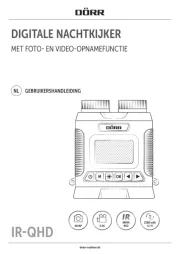
1 September 2025
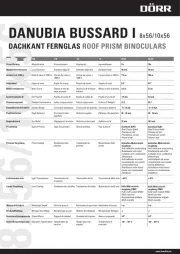
25 Augustus 2025
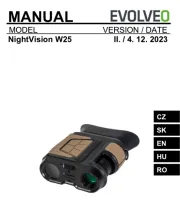
15 Augustus 2025
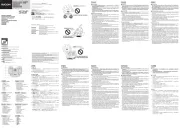
21 Juli 2025
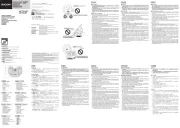
21 Juli 2025
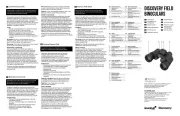
15 Juli 2025
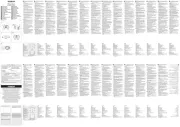
15 Juli 2025
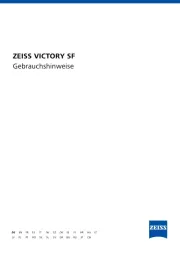
14 Juli 2025
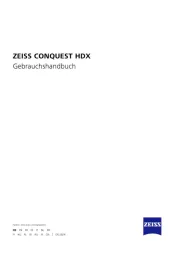
14 Juli 2025
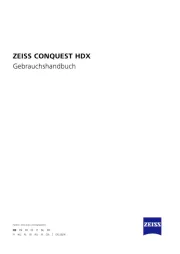
14 Juli 2025